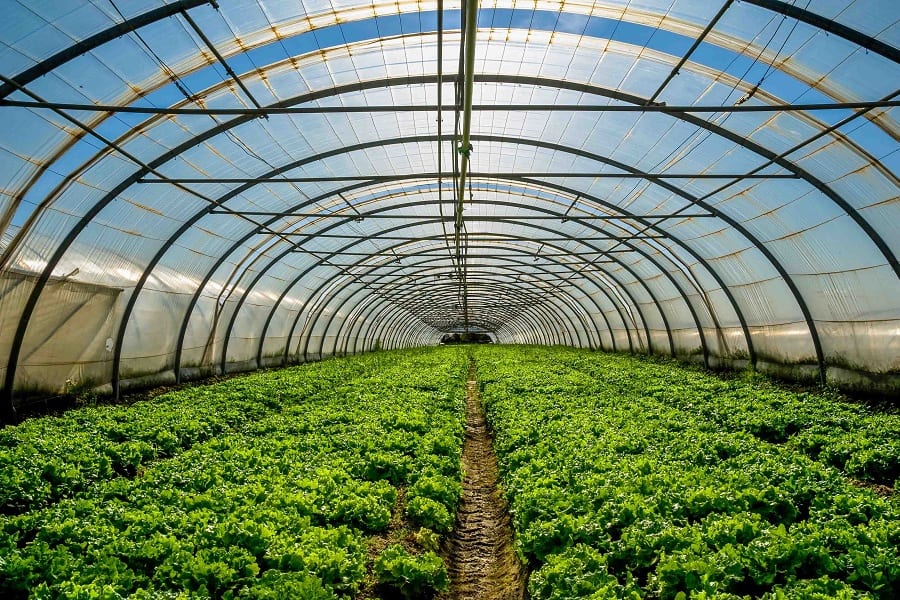Many gardeners wish for a way to control the weather so they can get longer growing seasons and yield better crops.
Thankfully, the once commercial greenhouse has now become a treasured home gardening accessory, with people installing one in their backyard to finally take control of these conditions.
A greenhouse is a brilliant way to grow plants of all varieties, but vegetables do particularly well in these special homes.
If a vegetable garden is on your list and you want to employ the benefits of greenhouse gardening as well, the two are a match made in heaven.
So, what are the best greenhouse vegetables to grow in this setting?
The easiest vegetables to grow in a greenhouse include peppers, green onions, asparagus, carrots, spinach, eggplants, and more. As the conditions in a greenhouse are easier to control, almost all vegetables will perform better when living inside.
There’s nothing like having access to your own farm-to-table setup at home and growing the food that you eat.
With a simple, or grand, greenhouse to work with and some basic knowledge on how to make the most of them, you’ll be able to grow the freshest and most flavorsome produce around.
Table of Contents
How Does a Greenhouse Work?
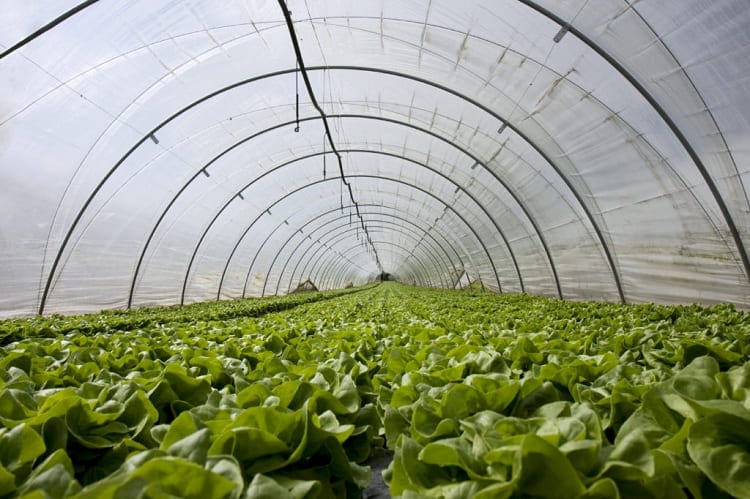
Greenhouses were once used for commercial gardening purposes alone, but these days, it’s commonplace for green thumbs to have one at home.
A greenhouse garden comes in all shapes and sizes, can be made from different materials like plastic and glass, and be as basic or advanced as you like in terms of features.
A greenhouse is intended to keep your crops away from the pests that lurk outside but also to protect them from extreme weather conditions like heat and cold.
It does this by housing the plants inside of a protective structure which you can enter as you wish to tend to it and maintain the garden inside.
Another purpose of growing inside a greenhouse is to extend the growing season further and give you greater control over things like sunlight, temperature, and moisture.
By planting and inside of one of these structures, you’ll get a longer growing period which means more produce, so it’s especially advantageous for home vegetable farmers to invest in.
When Should You Use a Greenhouse?
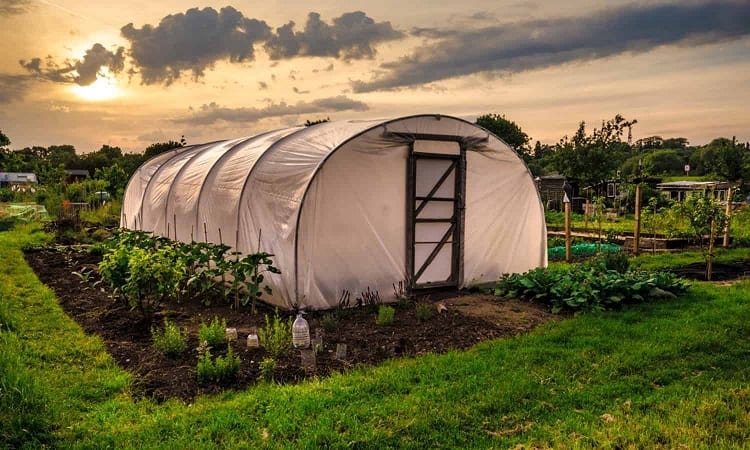
Although greenhouses used to be thought of as something only serious botanists invested in, they’re becoming more commonplace these days for gardeners of all types.
You can start using a greenhouse at any point, but you should know a little about the right time to introduce plants and seeds into them.
The controlled environment within a greenhouse is ideal for seeds, and they can be transferred into a greenhouse at any time.
If you plan on starting plants and then moving them to an outdoor garden later, give them 6-8 weeks before the end of the frost season where you live first, so they can get a good head-start in the greenhouse.
For plants that are already grown, you can move these into a greenhouse at any time, but it’s especially helpful during winter. Before transferring anything there, though, check for signs of pest infestation or disease, so that they don’t bring any nasties with them into their new home.
The Most Greenhouse Friendly Vegetables
Vegetables do particularly well in greenhouses and they’re a popular choice for gardeners who have these structures set up. If you’ve been thinking about using a greenhouse to grow veggies, these are the best ones to start with.
Zucchini
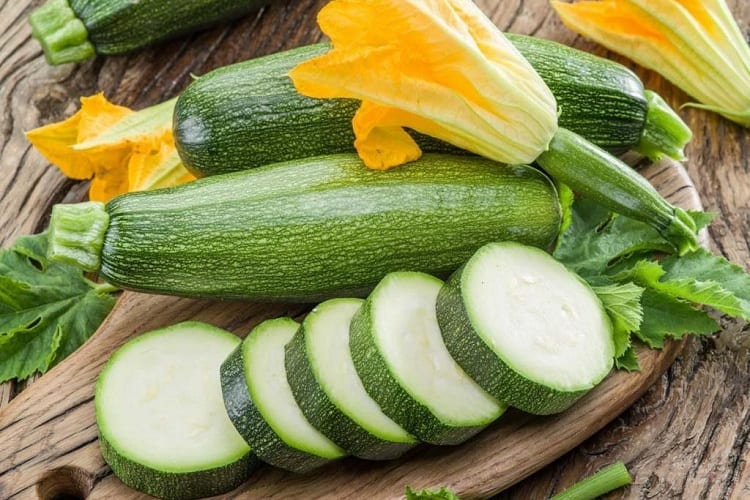
Known as one of the easiest greenhouse vegetables to grow, zucchini does well in this setting and will only take a few weeks to give you your first edible crop.
Zucchini needs room to grow and the rate at which they do so in a greenhouse might shock you, so make sure you have the real estate for them.
Microgreens
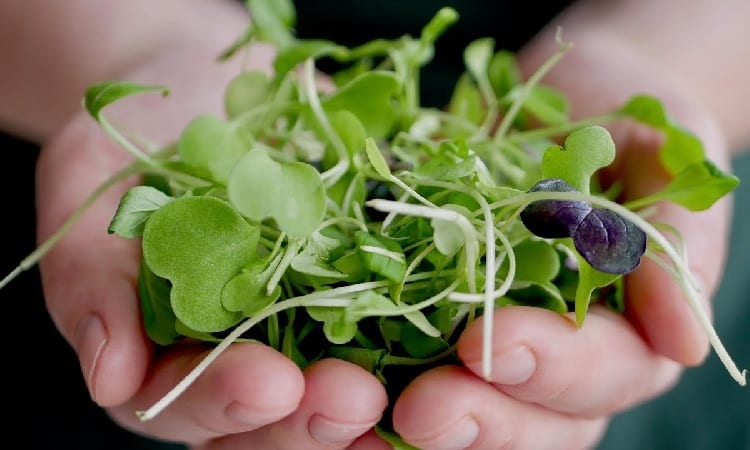
A microgreen is an edile young green and they’re having their moment in the world of salads
These small vegetables are perfect for greenhouse gardening because they don’t like freezing temperatures and they love full sun, so you can find them the perfect spot to work their magic.
Herbs
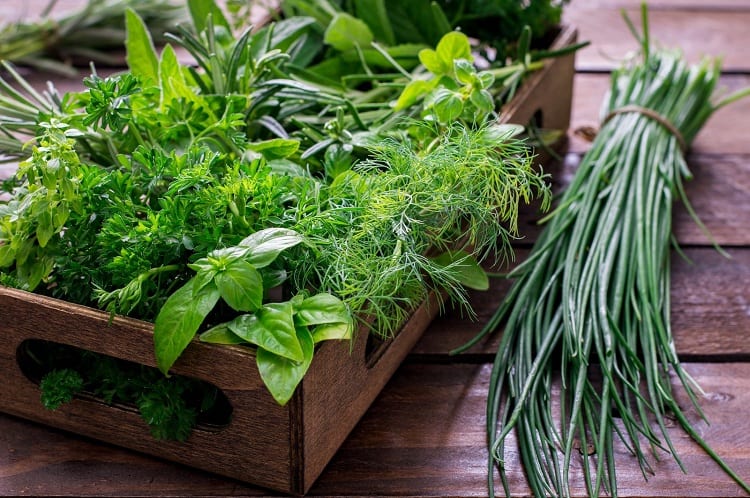
Any of your favorite herbs can be grown in a greenhouse, and most of them are regarded for their easiness.
Basil, chives, parsley, and mint are just a few favorites that require a minimal green thumb to get going, and they’ll do especially well in this type of environment.
Spinach
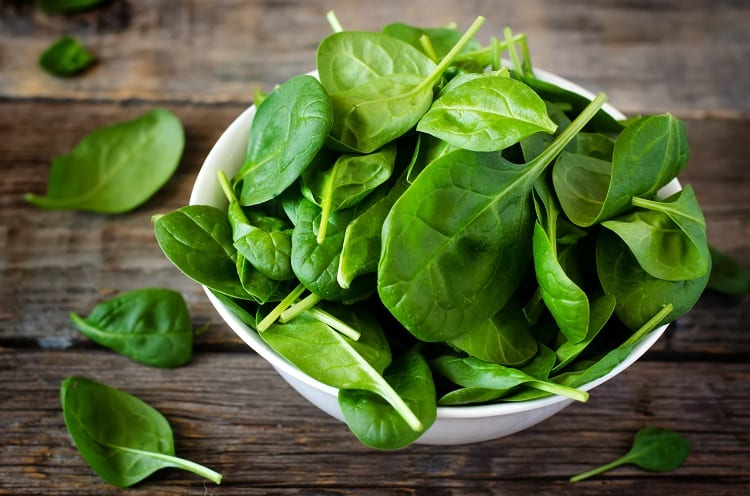
Spinach and other salad greens like lettuce and beet will do well in a greenhouse, and they’re easy enough to grow year-round.
Provided the soil is cool and the low is light enough, you don’t have to work very hard to have round the clock access to spinach.
Peppers
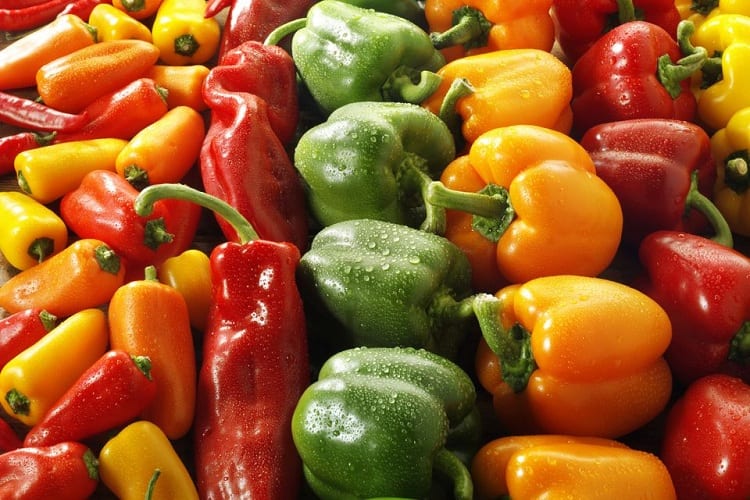
Peppers are known for taking a long time to grow so they’re perfect for a greenhouse that helps speed things up.
These colorful vegetables will add some vibrancy to the room and you can be as versatile as you like with the flavors and types of them you plant.
Once a pepper gets growing, there’s very little to do, except sit back and enjoy the explosion.
Asparagus
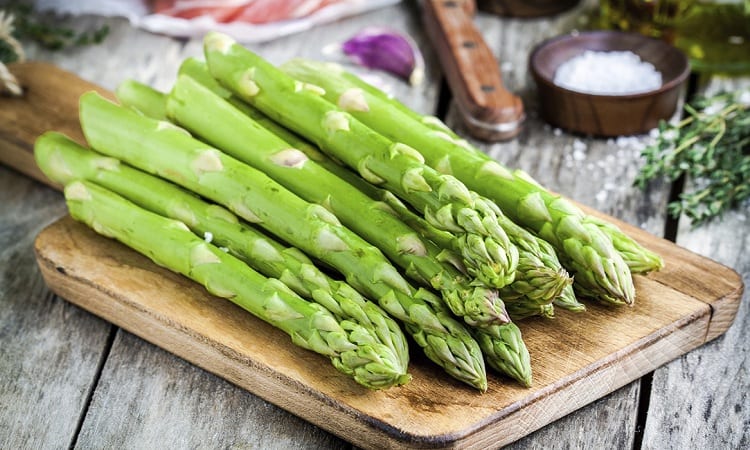
Asparagus is a plant that does best on its own and without weeds, so growing them in a greenhouse is a great idea.
These are some of the longest-lasting vegetables as well, so you can expect to get 20 years of growth out of one or two starting crowns. They can be finicky at times but they deliver great results, so they’re perfect for greenhouses.
Carrots

Although a carrot does exceptionally well anywhere because of its ability to tolerate frost, you’ll yield even greater produce without it.
Carrots can be grown in a greenhouse garden any time of the year and will continue to deliver, so you can expect your first edible ones to be ready two to four months from planting.
Eggplant
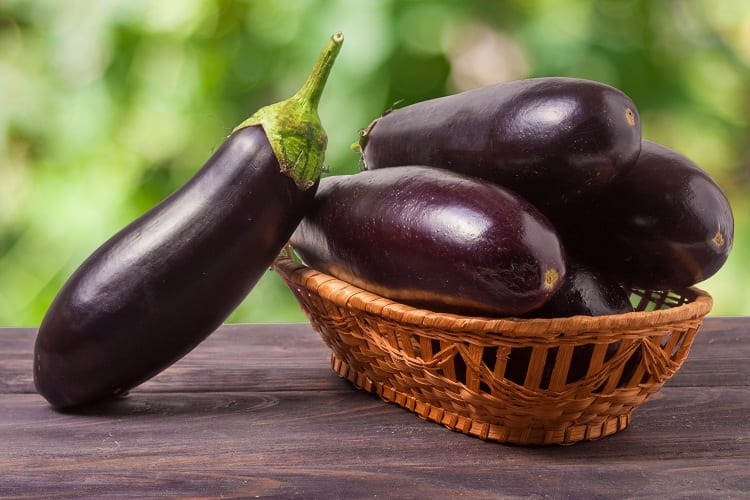
Eggplant needs the weather to be fairly warm so they can grow, which is easy to do when you plant them inside a greenhouse.
In these conditions, they can thrive, and you’ll have to wait between 4 and 6 months to harvest the vegetables, but it’s worth the wait.
Vegetables to Avoid in Your Greenhouse
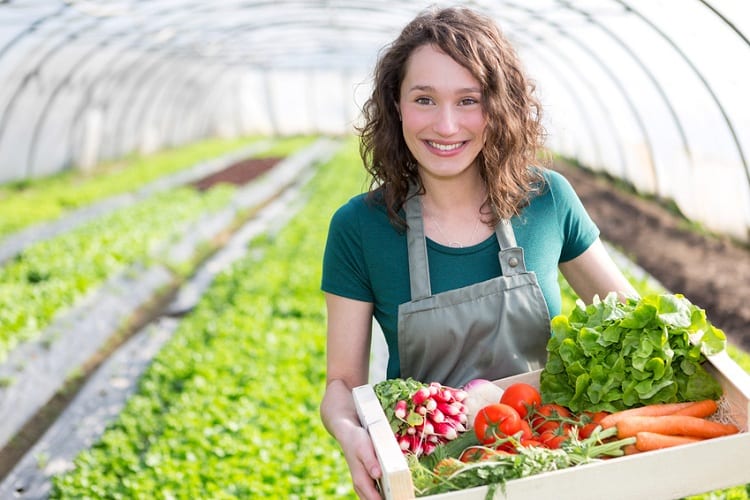
There’s not much a greenhouse can’t do, and when it comes to growing vegetables, this is true still.
You don’t have to avoid growing anything in a greenhouse but you do have to be careful about your choice, as it’s a careful balance that must be achieved.
You’ll need to choose plants that grow well together, as well as those that will benefit from the same temperature and conditions.
By limiting the number of adjustments you have to make in the greenhouse, there’s a better chance that they’ll thrive, so try to plan your vegetable garden accordingly.
The Perfect Space to Grow
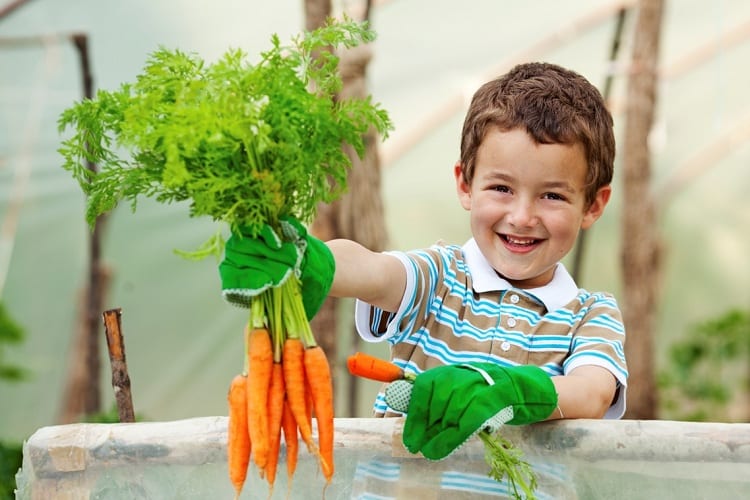
There’s nothing like growing your own vegetables and having the pleasure to enjoy them each night with your family meal.
With a greenhouse in the garden, the process and results of growing these vegetables can be even tastier, and it’s the next obvious step for a green thumb looking to take their gardening more seriously.
A greenhouse can be big or small, heated or unheated, and come with as many or few features as you like.
As a customizable growing space that does especially well with vegetables, you’ll take your produce to the next level and get greater control over the unreliable weather conditions outside.
Related Questions
A greenhouse is a worthy investment for serious gardeners, and growing all types of plants and vegetables in this setting can boost your yield phenomenally.
If you’re still unsure about greenhouse gardening and what it can bring to the table, check out these FAQs for more information.
A cold greenhouse is a name sometimes given to an unheated greenhouse.
These structures are typically made of a cold frame or hoop that allows it to absorb the heat from the sun and its rays but protect the plants inside from the more extreme conditions outside, especially keeping them safe from frost.
The type of greenhouse structure you have will determine when and if the doors should be left open.Most standard greenhouses can have their vents and doors left open in warm weather during the day, and sometimes at night.
However, when the weather is cold or varies, only leave these open partially so that they don’t become exposed to drastic changes in temperature.
The external structure of a greenhouse is just as important as the flooring as it needs to prevent weeds and provide adequate drainage.
For a greenhouse, the best option is either a greenhouse-specific flooring product or something like pea gravel that provides both of these benefits.
Recourses:

